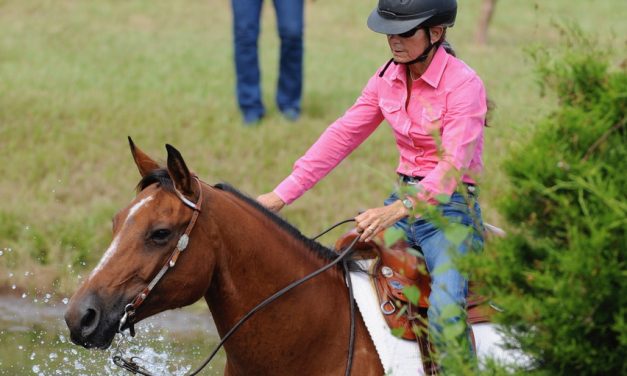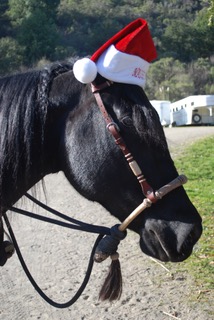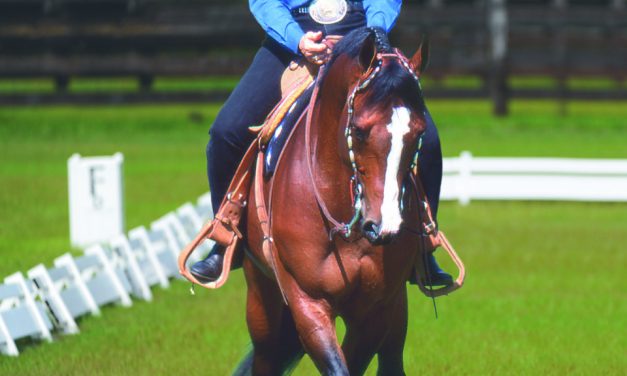Overcoming Natural Water Obstacles
Water is possibly the most difficult natural obstacle for any horse. Why? Because
horses are smart and they want to take care of themselves! When they cannot see the
bottom of the water obstacle, they feel as though they can’t access their safety.
Whenever I see a rider trying to get their horse in water and the horse is resisting,
oftentimes the rider becomes discouraged and they start kicking the horse to go forward.
Anytime you start kicking a horse, they’ll go backward instead of forward. This becomes
frustrating for the horse because he’s insecure about the water and the rider is giving him
the wrong guidance.
To teach your horse confidence with water it’s best to start him on the ground. I
also like using another horse’s presence who is confident with water. This gives
confidence and trust to the horse who is hesitant about water obstacles, whether it’s a
flowing creek or a calm lake.



